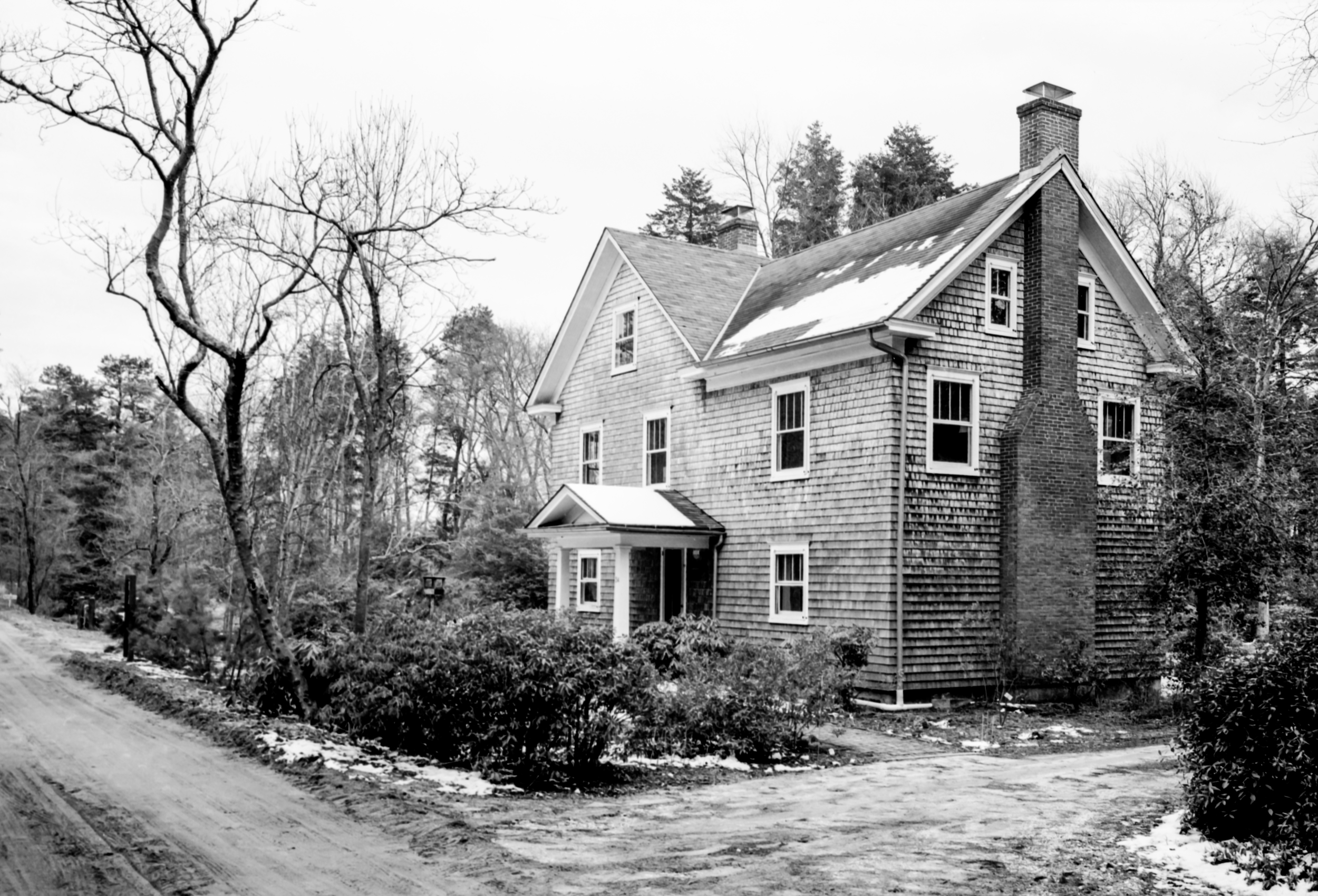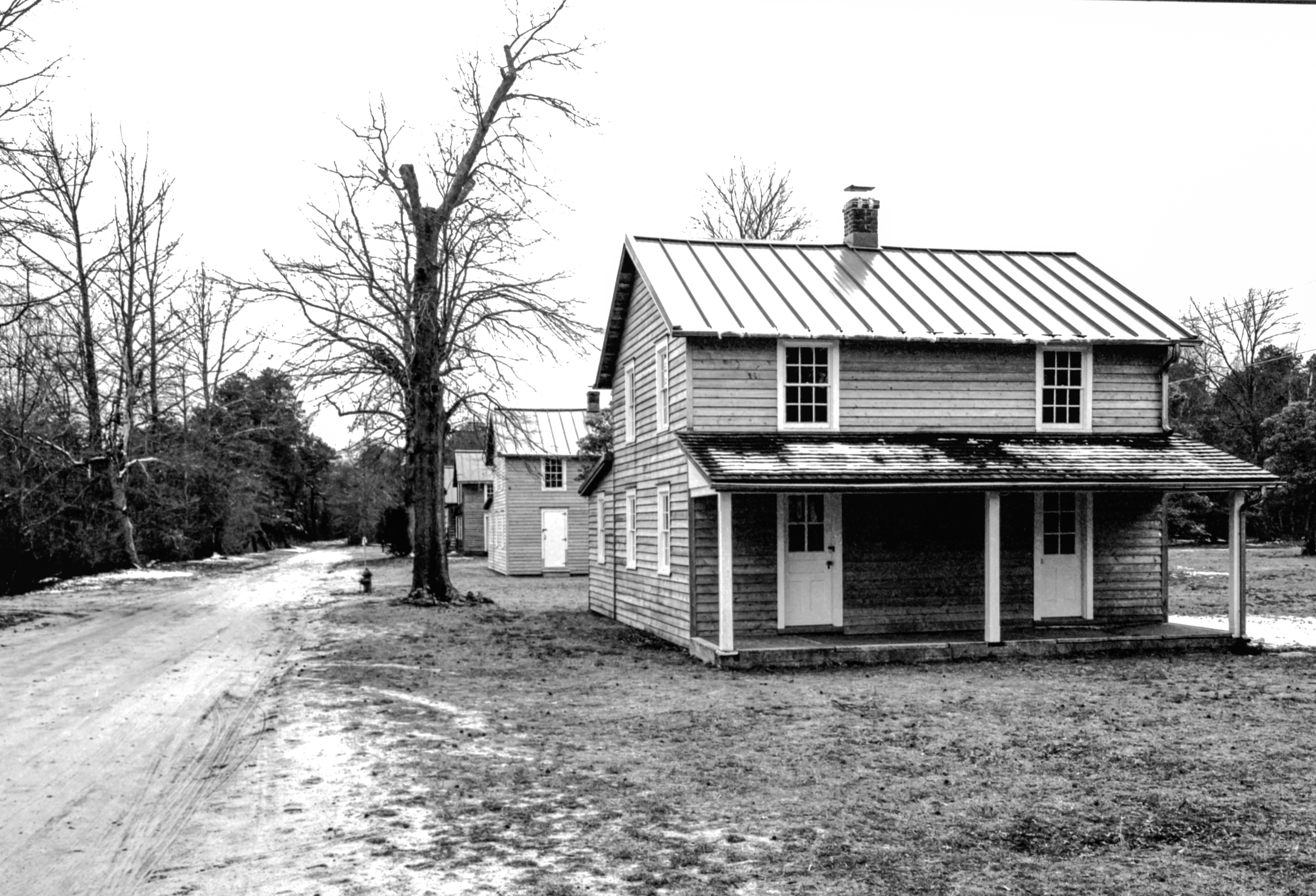My first "serious" camera, something I acquired from a pawnshop at the ripe age of 12 or 13, fell into the familiar category of "all I could afford", otherwise called an Agfa Super Solinette. To be fair it was a step up from the Kodak Brownie, Instamatic and Polaroids I had used growing up. I was getting ready to go on a long backpacking trip and I wanted to make sure I could capture that trip with a "real" 35mm camera. Beyond the fact that it was cheap, it had 3 things going for it, coupled rangefinder focusing, a Tessar type Solinar 50mm f/3.5 lens and it was CHEAP. It was hard to use on a good day, but looking back at the slides from that trip, they were mostly in focus and not too badly exposed considering a 13yr old using sunny 16 and a 25+ year old camera. It wasn't long before I had saved enough to move on to better cameras but I came away with an affinity towards the rangefinder that lasts to this day.
Through the years since I’ve owned and used many different small and medium format rangefinders, including several Leica M’s and medium format cameras like the Mamiya 6 and Bronica rf645. I am a big fan of rangefinder cameras and their capability for fast focusing, accuracy (assuming rangefinder calibration of course), stealthy use and usually a smaller form factor (although not always, as we will see in this review). You can debate the superiority of the rangefinder or SLR, and many a photographer has done so, but it really comes down to feel and fit, and for me, they just feel right and fit. Of course picking the “right” tool for the job at hand is always a factor. The camera that we’re looking at in this article, the GSW690ii is a great example of the classic rangefinder with one notable exception, it is in no way diminutive. Saddled with the nickname of "Texas Leica” it is something of a behemoth by rangefinder standards (see the 2nd image below).
The Fuji GSW690ii is a fully mechanical fixed lens rangefinder with a 65mm f/5.6 lens (field of view equivalent to a 28mm in 35mm terms) and a leaf shutter. The first model of the camera, the GSW690, was released in 1980 and was manufactured up to 2003 when the final version, the GSW690iii was retired. The camera is quite simple in design with no light meter and only basic controls. The aperture ring and shutter speed are located on the front of the lens just beyond the focus ring. While a functional location they are very close together and are a bit difficult to adjust, particularly the shutter speed ring. On the top of the camera there is a "number of frames” selector switch with three choices, 4 exposures for a half roll of 120 (I think these must only be available in Japan, I’ve never seen one anywhere else, and really how useful is a 4 exposure roll anyway?), 8 exposures for a regular 120 roll and 16 exposures for 220 (for 220 you also have to flip over the pressure plate in the film compartment). There are two shutter releases, one on the top right on the frame advance lever and another on the right front. From version ii on the front release has a shutter lock and adds a hot shoe in addition to the sync terminal on the front just left of the lens.
Lens and shutter
The camera's real strength is the lens, an EBC Fujinon SW 65mm f/5.6 with integrated metal lens hood and Copal-type Seiko No. 0 leaf shutter with speeds: T (similar to B, but closes when the shutter speed dial is moved), 1, 2, 4, 8, 15, 30, 60, 125, 250, and 500. The shutter makes quite a noise firing (for a leaf shutter), but the noise is not the shutter itself (nor, as some people believe the shutter actuation counter that counts every 10 shots, located on the bottom of the camera), but a quirk in the winding mechanism and its linkage to the shutter. The lens is made up of 6 elements in 4 groups, 67mm filter threads, and a smooth focus ring with just the right amount of resistance. The lens has a reputation for vignetting but in use I haven’t really had any issues. The bokeh is smooth but hard to observe unless you’re focused on an object very close to the camera. This shot at the Philadelphia Auto show gives you some indication:
Viewfinder
The viewfinder is bright and uncluttered, but it’s a fixed lens camera so that’s not very difficult to achieve, it only needs one set of framelines. The version ii and the version iii use a rangefinder that is similar to the Leica, called a vernier style, that has a hard edged rangefinder patch on an aluminized beamsplitter. The first version was a gold-coated beamsplitter system that is much more difficult to see in dim light. Viewfinder magnification is 75% with 90% visibility at infinity. Overall focusing is easy enough, although I find the rangefinder patch a bit dim even with my “improved” version ii. The patch itself is “normal” sized but in the monster viewfinder of a 6X9 it seems tiny.
Ergonomics
At 1485 grams (almost 3 1/3 pounds) the camera isn’t light, but feels manageable in the hand due to the built in grip. Even so, you wouldn’t want to hold it in hand or use a thin strap if you’re shooting all day with it, it’s a good arm workout. The camera feels very solid and though I’ve seen complaints that the body is plastic, that’s not true at all. It is partially clad in plastic but the body itself has a die cast frame and a stamped metal back. The camera is about 3.3 pounds, that would be very heavy plastic!
In use the camera is easy to handle, the controls are reasonably well placed (with the one exception I mentioned above of the shutter speed and aperture rings) and the weight is well distributed. I have large hands and still I found that using the front shutter release is much more comfortable than reaching up to the release on the top, but ymmv. Film loading is easy enough, the film spools are released by pulling buttons on the bottom of the camera that lock open by twisting (I think the version iii has the red push buttons inside the rear cover) and the start mark is fairly obvious. Other controls are simple, and the lens distance scale in meters is easy to read and has a clear depth of field scale.
Overall impressions
6X9 is an interesting format, not one that I’d use every day, particularly on a camera with the equivalent of a 28mm lens. I’m a little surprised to say, especially since I’m generally a “normal” focal length lens shooter, that I’m taking it out much more often and finding quite a few uses for it, particularly in (but not at all limited to) landscapes. One of the interesting things that I read and subsequently experimented with is the idea that it makes quite a good panoramic camera. You simply crop the image from a 3:2 to a 3:1 (basically halving it along the horizontal) or 4:1 aspect and you get a panoramic image that is something like 10% more negative surface area than a Hasselblad XPAN. Here’s an example:
Overall it’s a great camera to shoot and at today’s used prices, particularly for the version ii (version iii’s, as might be expected are a bit more expensive), quite a bargain. It does have its limitations and quirks but then most cameras have some quirks. Having a fixed lens is on one hand limiting, but looking at it another way, the GSW (and the GW’s too) are the ultimate “one camera, one lens” set up. Here are a few other example images:
Connect
Photographer Michael Fauscette uses the process of film as therapy for an over active, over connected and hectic world. Connect with him here on our website , on Instagram. and on Twitter.








